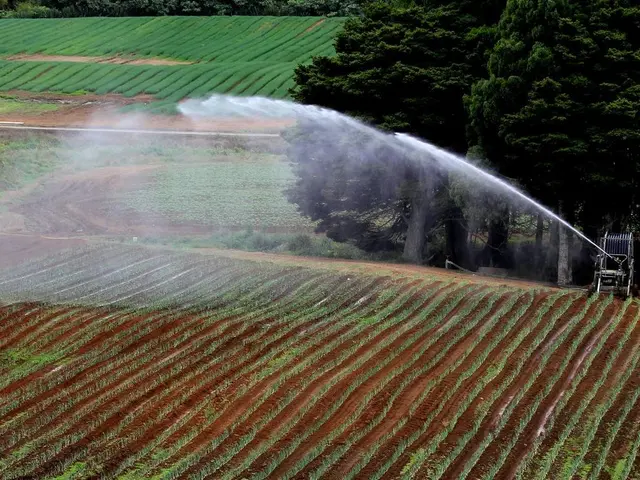Martian anomalies appear to resemble coral, sea cabbage, and marine algae.
In a fascinating discovery, NASA's Mars Science Laboratory rover, "Curiosity," has been capturing images of peculiar formations on the Martian surface that resemble Earth's branching corals and plants. However, these strange objects are not biological in origin; instead, they formed through diagenetic processes involving mineral-rich water and subsequent wind erosion over billions of years.
The shapes are the result of minerals deposited by water filling cracks in the rocks (a diagenetic crystalline process), not evidence of past or present life. The hardened minerals remained while surrounding rock eroded, producing shapes reminiscent of coral or plants.
Recently, the Perseverance Rover, a robotic geologist and astrobiologist, discovered a flower-like object that resembles a morel, adding to the intrigue. This discovery raises questions about the possibility of life on Mars, but it is important to note that the flower-like object, like its predecessors, is not alive.
NASA emphasizes these features as significant evidence that ancient Mars had liquid water, which shaped the landscape but does not indicate fossilized life. While these structures are fascinating and informative about Mars' watery past, current scientific consensus based on Curiosity's observations is that they formed through geological and chemical processes—not biological activity.
Previously, "Curiosity" sent images of larger, branch-like corals, objects NASA dubbed "seaweed," a lone, mushroom-like or flower-like object, and twig-like structures resembling seaweed with leaf-like appendages at the ends. Virtual biologists have found life-like structures in previous images taken by Curiosity rover, but these were determined to be diagenetic crystalline clusters.
"Curiosity" has captured images of strange objects resembling plants, some appearing to be alive, though often dried out. The oddly colored flower-like object discovered by the Perseverance Rover, with a red stem and a green bud or cap, is no exception.
The mission to bring samples collected by the Perseverance Rover back to Earth is scheduled for the middle of the 30s, offering a chance for further analysis and confirmation of these findings. In the meantime, the exploration of Jezero Crater by the Perseverance Rover continues, with the hope of uncovering signs of present or past life on Mars.
[1] NASA's Jet Propulsion Laboratory. (2023). Perseverance Rover discovers flower-like object on Mars. Retrieved from https://mars.nasa.gov/news/2569/perseverance-rover-discovers-flower-like-object-on-mars/
[2] NASA's Jet Propulsion Laboratory. (2023). Curiosity Rover captures images of strange plant-like structures on Mars. Retrieved from https://mars.nasa.gov/news/2568/curiosity-rover-captures-images-of-strange-plant-like-structures-on-mars/
[3] NASA's Jet Propulsion Laboratory. (2023). Mars Perseverance Rover: A journey of discovery. Retrieved from https://mars.nasa.gov/mars2020/
[4] NASA's Jet Propulsion Laboratory. (2023). Gale Crater: A watery past on Mars. Retrieved from https://mars.nasa.gov/gale/
[5] NASA's Jet Propulsion Laboratory. (2023). Diagenetic processes on Mars: The formation of mineral-rich structures. Retrieved from https://mars.nasa.gov/diagenesis/
Read also:
- UNEX EV, U Power's collaborator, inks LOI with Didi Mobility for the implementation of UOTTA battery-swapping vehicles in Mexico.
- Stratospheric Blockchain Network Launched by World Mobile and Protelindo
- Airbus is pushing the boundaries in the field of eco-friendly jet fuel production
- Private businesses now have access to a new climate data and analytics tool, unveiled by Immigration and Customs Enforcement (ICE).








